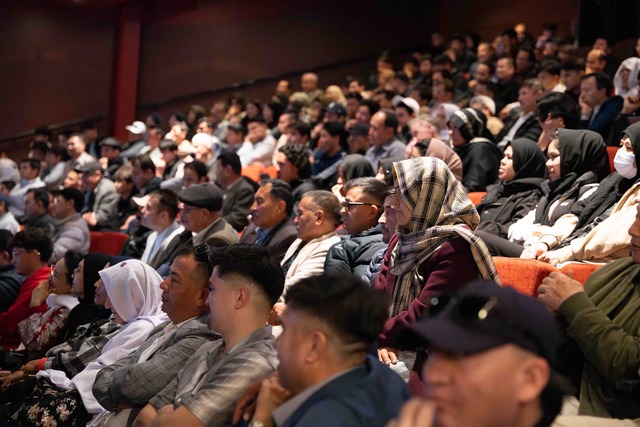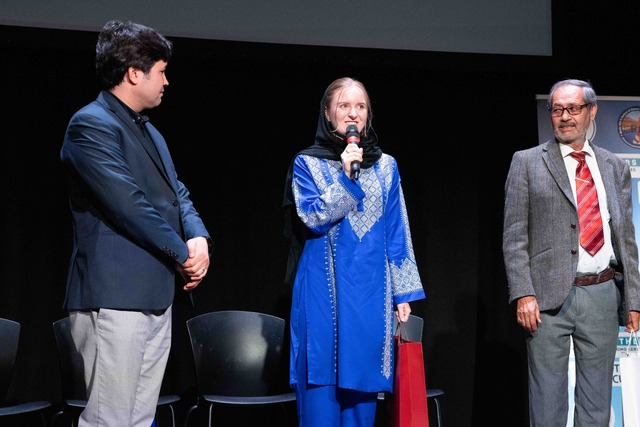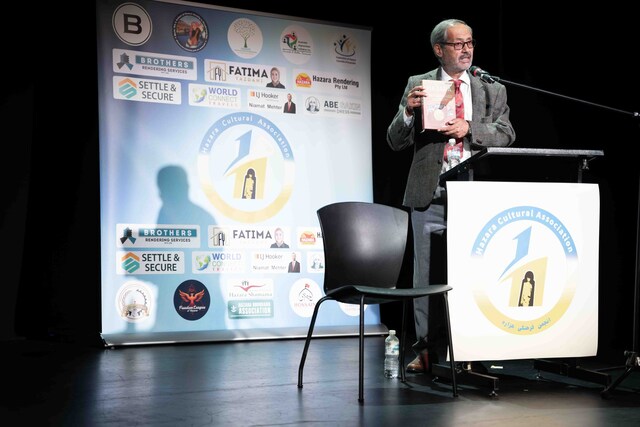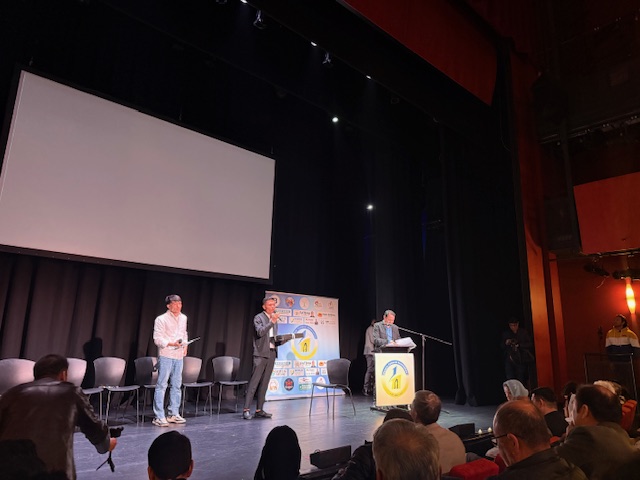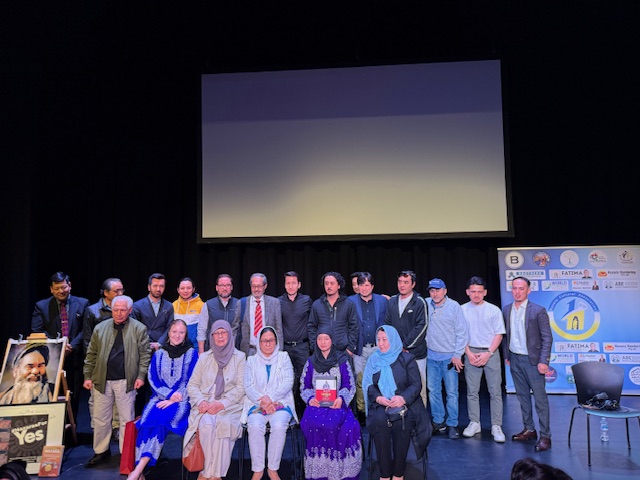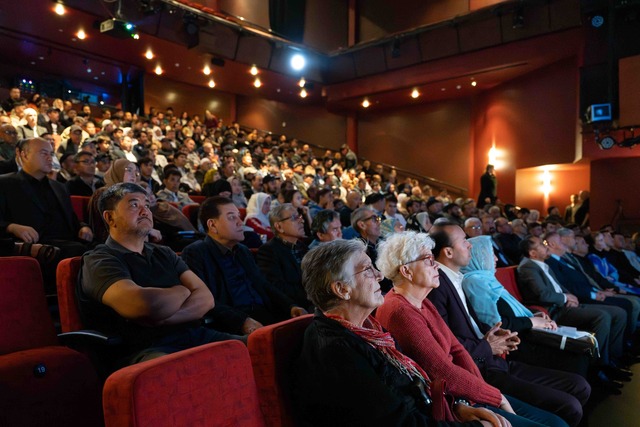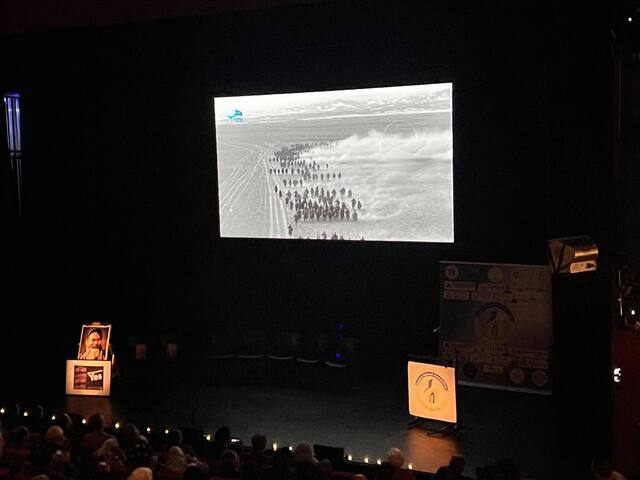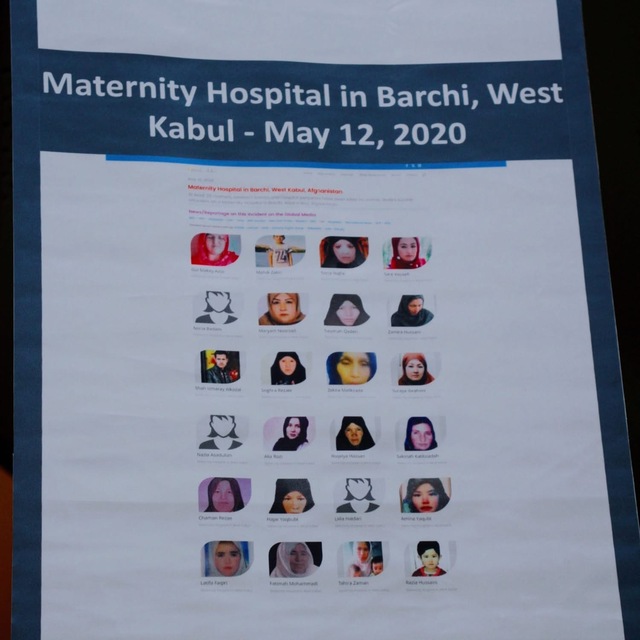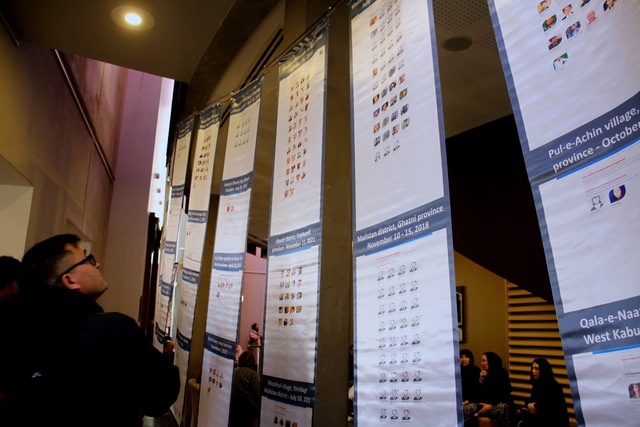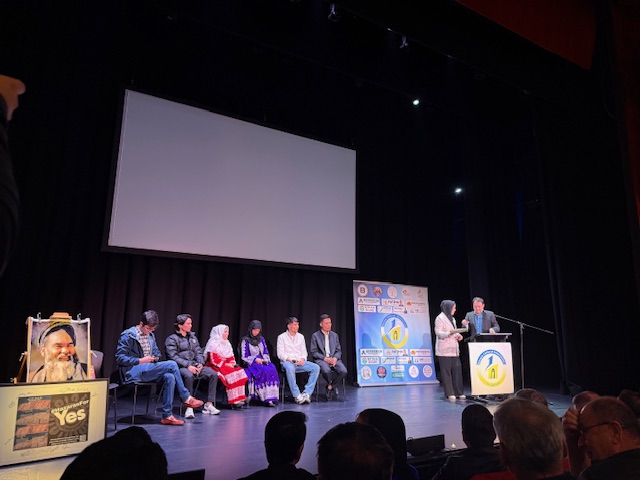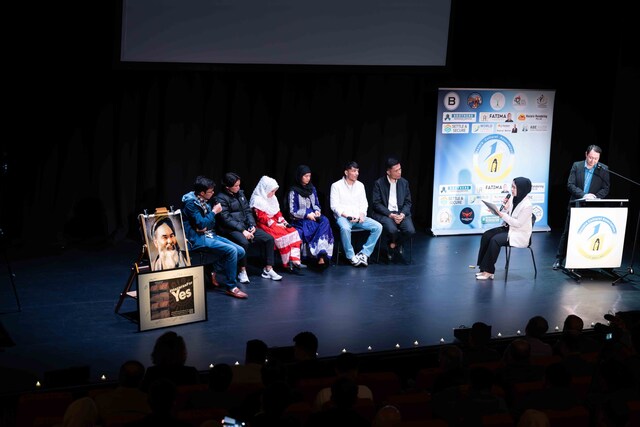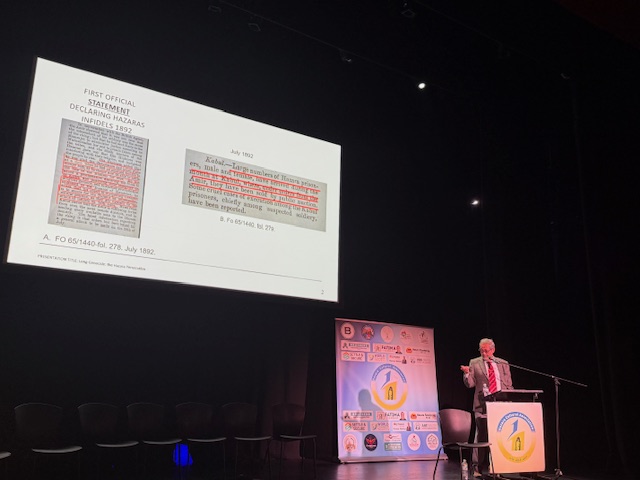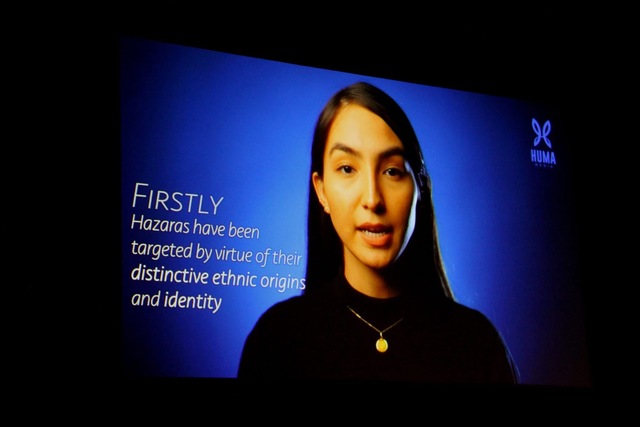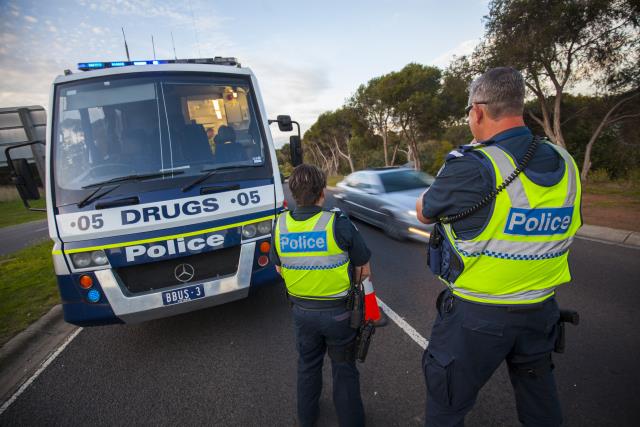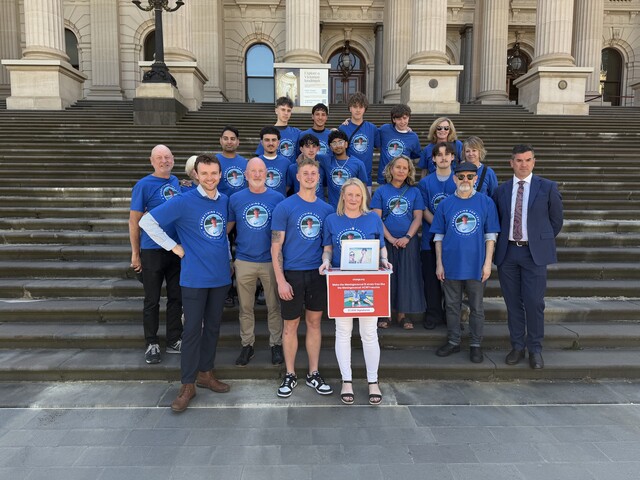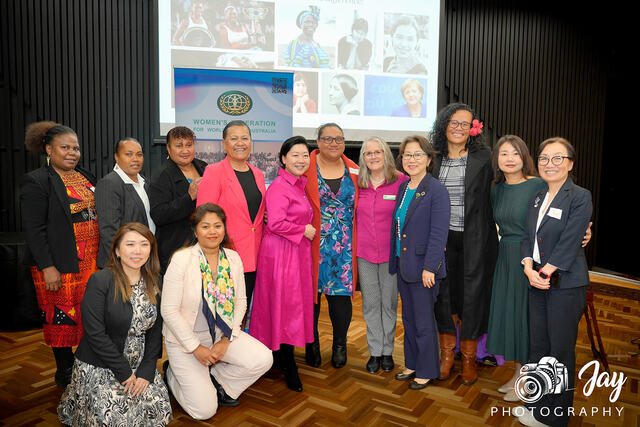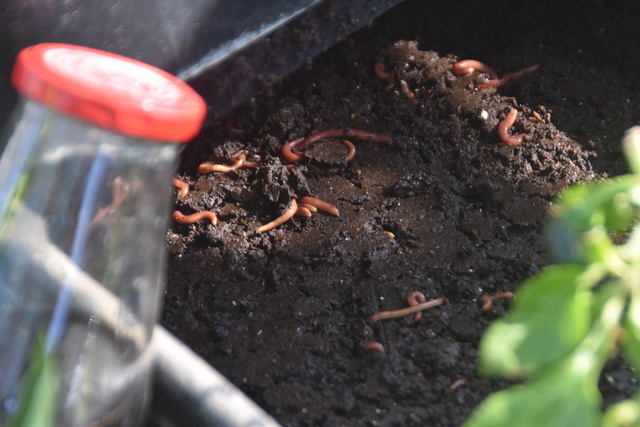The prominent Hazara community in the south east gathered to mark the 133rd Hazara genocide at the Drum Theatre in Dandenong.
Organised by the newly established Hazara Cultural Association, the first of its kind memorial in Greater Dandenong received an overwhelming positive response.
It served a crucial reminder and historical education into the bloodbath of one of the largest ethnic groups, the Hazara people in Afghanistan (1888-93) at the hands of 19th century Pashtun leader Abdur Rahman Khan.
The 1888-93 genocide erased 2.4 million Hazara population (60 per cent) to ethnic cleaning and even resulted in enslavement, land pillaging and forced migration.
The Hazara community and the president of the organisation Barat Batoor urged the importance of educating the younger generations and wider community of the Hazara genocide, which he and many others advocates consider to be “one of the longest-running genocides.”
“Events like this also raise awareness beyond our community, especially among policymakers, service providers, and human rights organisations,” Mr Batoor says.
“Hazaras have sought refuge in Australia after generations of oppression and persecution.
“It is vital for the younger generation to learn about their history – not only the experiences of their parents but also the struggle of their ancestors dating back to the 1880s.
“These continuing human rights violations make events like this all the more important.
“They serve not only as a form of remembrance but also as a platform for advocacy—to bring attention to the plight of the Hazara people and to push for action to end the ongoing atrocities in Afghanistan.”
Hazara people are one of the largest ethnic groups in Afghanistan, a minority Shia Muslim living within a Sunni-Muslim majority.
They have historically faced severe persecution and discrimination due to their ethnic and religious identity, forcing them to flee the country.
The significance of the event was shown by a filled Drum Theatre auditorium of 360 people. Many others watched live on a small TV screen at the foyer.
Along with Hazara families, youth, community leaders and elders were international guest speaker Mohammed J Gulzari from United Kingdom, an author, archivist and historian, founder of Hazara Archives and Grace Sultani a social worker and researcher from Newcastle, New South Wales.
A renowned figure in the Hazara community worldwide, Mr Gulzari presented facts from the Hazara Archives after spending 37 years researching and preserving the past.
Quiz winner on the night, Najibullah Mukhlis shared the story of his wife Basira Naibi who worked at the hospital in Kabul’s Dasht e Barchi on the day when terrorists attacked the hospital in May 2020 killing at least 24 new mothers, nurses and two newborn babies.
Basira Naibi worked at the laboratory within the maternity ward, recalling the day of the attack which led to her being wheelchair bound today.
She hid behind a cupboard which saved her life. She called the hospital owner, letting them know of her location and the attack before she passed out for at least three hours amidst the violent mayhem.
“The hospital gates were locked with security guards inspecting everyone coming in. No one would be allowed without inspection.
“Two terrorists threw a bomb inside the courtyard of the hospital from outside the gate and as the guards fled shouting for everyone to run for their lives, the gate was left unoccupied.
“They entered running straight for the maternity ward.”
Dasht e Barchi is a location made up of majority Hazara people and it’s hospital was a facility supported by Doctors Without Borders who were forced to withdraw after the militant attack.
“There was nothing left of the hospital.
“One of our colleagues Maryam, hid inside an ambulance, they threw bombs, and she was martyred.
“They reported 24 people killed on that day, but a lot more passed away after that day from their injuries.”
Six-months in Australia, she can see a bright future for her small family somewhat moving on from the trauma.
Supported by 14 community organisations and groups, Bolaq Analyst Network showcased long banners which displayed the names and photographs of the Hazaras martyred in Afghanistan and Pakistan from the 1990s to 2025.
The data included the dates and locations, which have been compiled over decades by the analyst group and also portrays the photo and name of Maryam-Ms Naibi’s colleague at the hospital.
Based in New South Wales, Huma Media contributed emotionally moving documentary films on the Hazara genocides screened at the program which saw many in tears.

